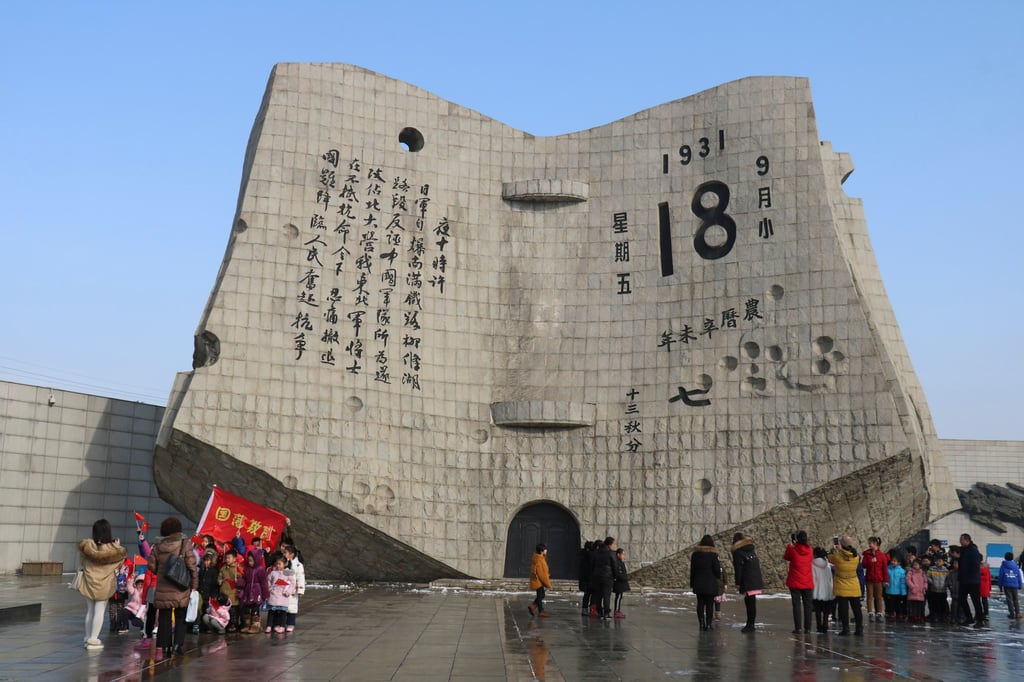How foreign powers that owned China’s railways influenced the tracks of history in country’s northeast
- In the 19th and 20th centuries, China’s northeast saw the ownership of strategic railway lines change hands time and again – and with them, regional dominance

Surrounded by frozen wheat and corn fields, deep within north China’s rust belt, the prefecture-level city of Shenyang (formerly known as Mukden) doesn’t look like a place where any world-turning events might happen.
Amid the snow-dusted concrete tenements, Mao-era chimneys and steamy dumpling houses, there is but one world-class tourist site, the Mukden Palace.
A handsome imitation of Beijing’s Forbidden City, it was built in 1625 to signpost the ruling Aisin-Gioro clan’s imperial aspirations, which were realised 19 years later, when Manchu horsemen rode south through the Great Wall’s Shanhai Pass to claim all under heaven for the Qing dynasty.
This would not be the last time an assault on heaven’s domain would spread from behind Shenyang’s city walls.
A few kilometres northeast of the old palace’s ornate pavilions, spacious courtyards and vermilion walls, stands a more sobering site, a grey stone rendering of a calendar broken by shells and bullets that fronts the September 18th Historical Museum – recalling the fateful day in 1931 when explosives were detonated on a railway line just outside the city.
Although the explosion was minor and killed no one, the Mukden incident, as it came to be known, would have far-reaching consequences.
